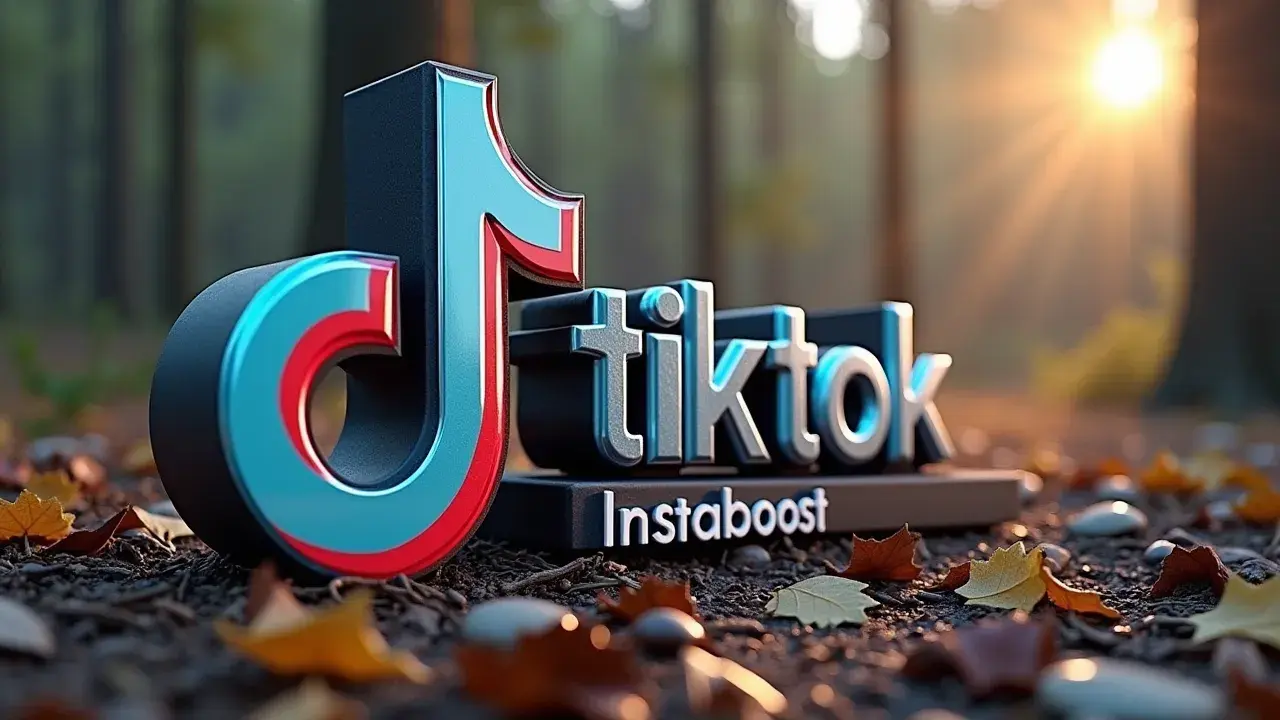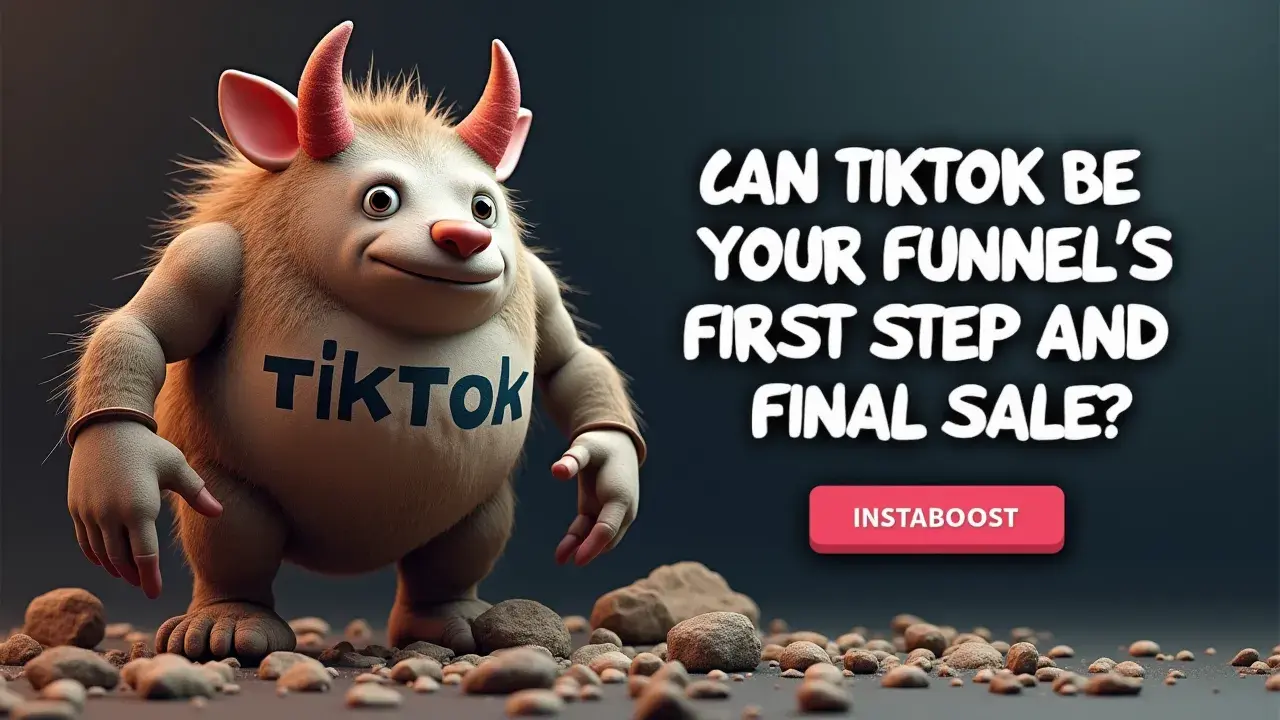Can TikTok Be Your Funnel’s First Step and Final Sale?
TikTok can start discovery and drive the purchase when content aligns with audience rhythm and product timing. Human, slightly messy clips feel native, and tight creative loops shorten the path to buy. Track saves, watch-throughs, and modest post-to-post lifts to validate direction, with simple checks on watch time and shares to grow reach. The smart path is fresh angles, steady measurement, and quick iterations to match intent and close faster.
From Scroll to Sale: Rethinking TikTok’s Job in Your Funnel
TikTok isn’t only a top-of-funnel play anymore. The short videos can introduce your brand, build consideration, and close the sale – sometimes in one session – if you design for intent rather than reach. The point isn’t whether TikTok can be both the opener and the closer; it’s when it should play each role and what you need in place to make the handoff feel natural, as with pairing the right creators with the way people actually search, shaping videos around real buyer questions, and setting up conversion paths that fit how people browse: product tags in the video, collection pages that mirror themes from your clips, live shopping when it makes sense, and a checkout flow that doesn’t break the rhythm, which is also why treating TikTok SEO like a performance lever – tight hooks, clear keywords in captions – can help refine your TikTok strategy while letting creators function as both media and merchandising.
The payoff shows up beyond vanity metrics: lower blended CAC, stronger view-to-click rates, and last-click revenue that doesn’t eat your other channels. The common mistake is treating “TikTok traffic” as one bucket. You’ve got cold discovery, warmed audiences who return through Saves and Follows, and high-intent viewers coming in via TikTok search – each needs its own pacing and offer. When you map those moments to a measurement plan – attribution windows, post-view lift, SKU-level impact – you can see whether TikTok should start the journey, finish it, or share the stage with email, search, and onsite personalization. This article breaks down the frameworks – from creative taxonomy to conversion architecture – that turn short-form reach into steady revenue. It’s not about chasing virality; it’s about building a repeatable path from scroll to sale.

Proof That TikTok Can Open and Close the Funnel
After enough misses, you start noticing what actually moves people. The TikTok accounts that convert treat it like a searchable storefront, not a mood board. The ones with real credibility do a few simple things: they answer buyer questions in the first three seconds, pin product tags that match the exact SKU on screen, and send clicks to collection pages that reflect the video’s theme. We’ve seen that drop blended CAC and lift view-to-click rates because it removes guesswork; people don’t have to re-interpret anything after they land. On sales, live shopping and Shop integrations aren’t magic – what shifts last-click revenue is matching intent depth: quick “how to choose size” clips for high-frequency buys, longer comparisons for higher AOV.
And yes, TikTok SEO is a performance lever: tight hooks and keywords that mirror how people type in the search bar (“best gym leggings squat proof,” “budget skincare routine”) increase surfaced sessions where the point is to buy. The funnel debate gets messy with attribution, so treat creators as both media and merchandising, track view-through against post-view add-to-cart, and validate uplift with holdouts or geo splits. When the patterns hold – clean handoffs, search-aligned scripts, checkout flows that don’t jar – you see TikTok drive the first touch and the final sale without eating paid search, and even passing mentions of tactics like tiktok followers buy show up more as context than prescription. That’s when it feels like a channel you can count on, not just reach for reach’s sake, and you keep tuning the small pieces because that’s where the lift shows up, quietly, in the numbers you check in the morning and again at night and.
Design a Strategy That Assumes Volatility
Every strategy needs to survive a bad week. On TikTok, that means your opener and closer should be able to swap roles without breaking the funnel. Some weeks, a creator sparks discovery and gets an “add to cart” in one session; other weeks, the same video only primes search and the sale wraps on your site or through branded queries. Plan for both. Pair your assets: a 15 – 25 second first-touch clip that answers one buyer question right in the hook, and a tighter, SKU-specific follow-up that leans on product tags, social proof, and one clear CTA. Run both as ads and organic so the system can find intent.
Treat TikTok SEO like a dial – test captions with the exact query a shopper would type (“best travel mug leak proof”), and send traffic to collection pages that match the video’s theme instead of your default sitemap. Use a simple fallback: if view-to-click rises but last-click revenue lags, expand mid-funnel retargeting with creator compilations and Live Shopping reminders; if last-click TikTok spikes but blended CAC worsens, shift budget to high-intent keywords and trim broad reach. The goal isn’t to force TikTok to be the first touch or the final sale every day; it’s to let it be either while protecting unit economics. Track three anchors weekly: view-to-click, session conversion rate from TikTok landers, and blended CAC. If those hold steady, you can keep testing hooks, hashtags, and product tagging without worrying that a quiet week in the feed will sink the plan and boost tiktok likes while you keep iterating on creative cadence and placement.
Question the Hype, Keep the Mechanics
Somewhere out there, an influencer is smiling through perfect teeth and not telling you the truth. Here’s the counter: TikTok can be both the first touch and the final sale, but only if you ignore vanity stories and pay attention to how people actually buy. Viral views don’t equal revenue without intent, so stop acting like they do. If your “hero” creator can’t name the exact SKU, show one clear use case, and link to a relevant collection page, you’re funding a lesson that turns into someone else’s conversion.
And be careful with “UGC factories” that pump out 20 near-identical clips a week – high frequency without real difference teaches the algorithm patterns, not the customer reasons to buy, and chasing superficial boosts like tiktok watch booster ends up masking whether your message actually earns a click. Make your tests deliberately plain: one hook per clip, answer one objection, one CTA tied to a product tag and a landing page that keeps the same promise. Treat TikTok Shop and on-site checkout as parallel lanes – run both and let marginal contribution decide where to scale.
When discovery cools, don’t look for inspiration; switch to search intent. Rewrite hooks as real questions people type into Google (“Does mineral sunscreen leave a cast?”), then pin the exact variant they just saw. If ROAS drops, check the path before you cut spend: are product tags broken, is the collection page off, is your shipping threshold killing impulse buys? The platform will stay jumpy; your system shouldn’t. Ground your strategy in what you can measure – view-through assisted conversions, SKU-level click-through, add-to-cart rate by entry video – not creator anecdotes or a lucky trend. That’s how TikTok moves from top-of-funnel noise to a steady sales tool, whether it starts the journey or closes the cart.















